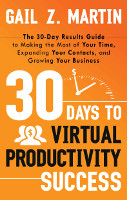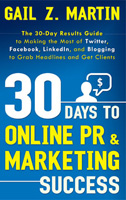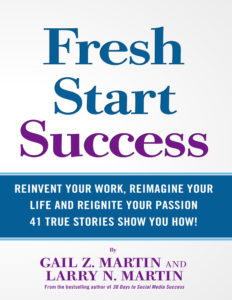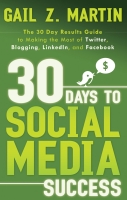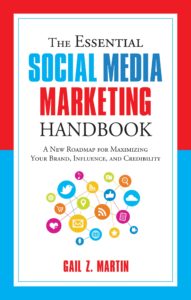So you want to write a book? Congratulations. Now it’s up to you to bridge the gap between “wanting” and “doing.”
The hardest part of writing a book is making the commitment to set aside the time to do what needs to be done. That’s not just the writing; it’s also making sure that it’s proof read and as well-edited as possible. If you decide to go the traditional publishing route, you’ll need to research and pitch your proposal to agents, and once you sign on with an agent, he/she will then pitch your proposal to publishers. It can be a lengthy process.
If you decide to self-publish, you’ll need to format the book properly, determine things like cover art, and decide whether you’re going to do a paper book print-on-demand or just create an e-book (and handle the conversion, either or both ways). There will be plenty of research and decisions involved. And once your book is complete, you’ll need to plan for promotion, even if you have a traditional publisher. Writing the book is only the beginning!
Still want to do it? Good. Here are six things you’ll need to do to make your book a reality this year:
- Set aside time each week to write, and set a weekly goal of how many pages you want to write. You may not always reach your goal (or you may even exceed it sometimes), but the goal keeps you on track. You can always do more, but try not to do less.
- Start researching now. Start learning about what agents and editors do, what types of ebook formats are out there, how print-on-demand works and who the major players are.
- Think about how the book fits into your business, and whether you’re willing to change your business model to take full advantage of the book (for example, adding speaking engagements to your calendar, making time to create and send press releases, write articles, be a guest blogger or pitch yourself as a radio guest.
- Make connections with other authors and ask plenty of questions to see how they got published, what they would do over, and what they’ve learned the hard way.
- Consider using a “book shepherd”, someone knowledgeable about the publishing industry who can help you finalize your book, determine your publishing options, and even pitch it to agents if that’s the route you want to go.
- Take a hard look at the time and effort you’re willing to put into this project, as well as the money you can invest. The price of book publishing has come way down with print-on-demand and ebooks, but it still requires some investment to hire a book shepherd, get an editor (if you self-publish or need help with the fine points of grammar and punctuation), format your book and create a cover (if you self-publish), and promote your book.
Writing a book is a fantastic step toward achieving your dreams, promoting your business and exploring your creativity. Make this the year that you make your dream come true!
“Like” my Thrifty Author page on Facebook and enter for a chance to win a prize package of author resources: The Thrifty Author – https://on.fb.me/srVa13


